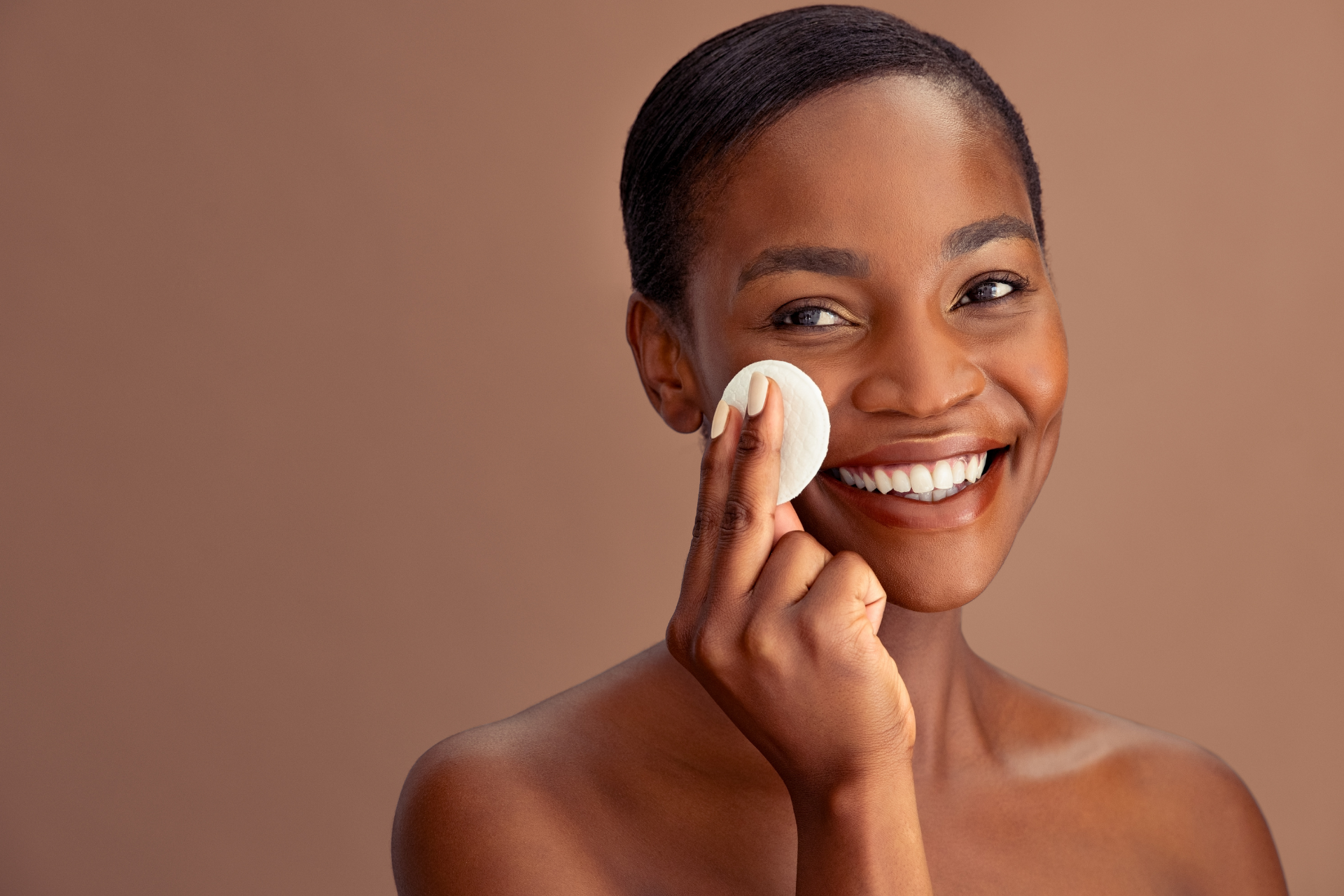Top 10 Skincare Tips for Glowing Skin

Welcome to the Fall Creek Skin and Health Clinic blog, where we are dedicated to promoting healthy and radiant skin for our patients. Achieving glowing skin is not only about using the right products but also about adopting a consistent skincare routine and healthy lifestyle habits. Our team of experts has curated the top 10 skincare tips to help you achieve that coveted radiant complexion.
1. Know Your Skin Type
Understanding your skin type is crucial for developing an effective skincare regimen. Whether you have dry, oily, combination, or sensitive skin, using products tailored to your specific needs will ensure optimal results. Consult with our dermatologists to determine your skin type and receive personalized recommendations.
2. Cleansing is Key
Maintaining clean skin is the foundation of any skincare routine. Use a gentle cleanser suited for your skin type to remove dirt, oil, and impurities without stripping away natural oils. Cleansing your face twice daily, in the morning and evening, will keep your skin fresh and prevent breakouts.
3. Hydrate Inside and Out
Hydration is essential for healthy and glowing skin. Drink an adequate amount of water daily to keep your skin hydrated from within. Additionally, incorporate a moisturizer into your skincare routine to lock in moisture and maintain a supple complexion. Our clinic offers a range of hydrating products suitable for all skin types.
4. Sun Protection is Non-Negotiable
Protecting your skin from the sun's harmful UV rays is crucial in preventing premature aging and skin damage. Use a broad-spectrum sunscreen with at least SPF 30 daily, even on cloudy days. Reapply sunscreen every two hours, especially when engaging in outdoor activities.
5. Say Goodbye to Harsh Scrubs
While exfoliation is beneficial for removing dead skin cells and promoting cell turnover, harsh scrubs can damage the skin's barrier and lead to irritation. Opt for gentle exfoliants like chemical peels or enzyme-based products that provide a more even and radiant complexion.
6. Get Your Beauty Sleep
Quality sleep is essential for skin renewal and repair. Aim for 7-9 hours of restful sleep each night to allow your skin to regenerate and maintain its youthful glow. Lack of sleep can lead to dark circles, dull complexion, and premature aging.
7. Healthy Diet, Healthy Skin
Eating a balanced diet rich in fruits, vegetables, lean proteins, and whole grains can significantly impact your skin's health. Antioxidant-rich foods like berries, spinach, and nuts can help combat free radical damage and promote a radiant complexion from within.
8. Stress Less, Glow More
Chronic stress can wreak havoc on your skin, leading to breakouts, inflammation, and premature aging. Incorporate stress-relieving activities such as yoga, meditation, or deep breathing exercises into your daily routine to promote overall well-being and glowing skin.
9. Seek Professional Advice
Regular visits to our clinic for professional skin assessments and treatments are essential for maintaining healthy skin. Our experienced dermatologists can address any skin concerns you may have and provide tailored solutions to achieve your skincare goals.
10. Consistency is Key
Building a consistent skincare routine and following these tips diligently is the secret to achieving glowing skin. Be patient and give your skin time to adapt to new products and treatments. With dedication and proper care, you can achieve a radiant complexion that you'll be proud to flaunt.
At Fall Creek Skin and Health Clinic, we are committed to helping you achieve healthy and glowing skin. Incorporate these top 10 skincare tips into your daily routine, and watch your complexion transform. Remember, your skin is a reflection of your overall health and well-being, so prioritize self-care and embrace the glow that comes with it. Stay tuned for more skincare advice and insights from our team of experts. Happy glowing!




